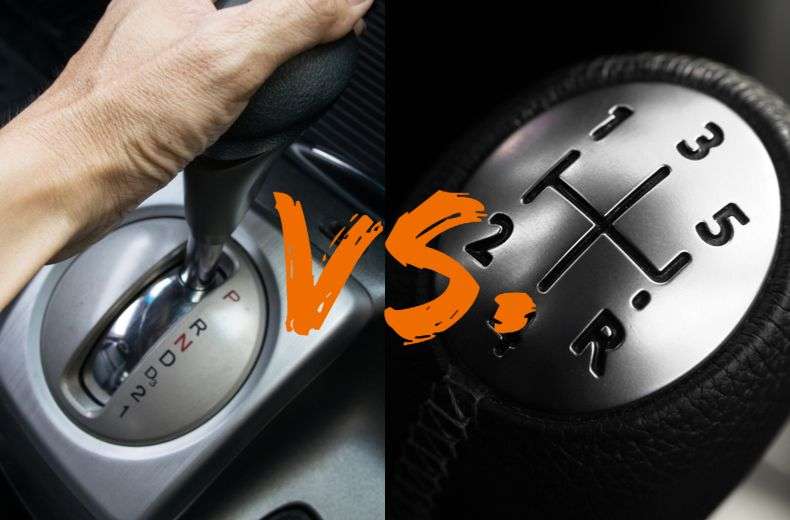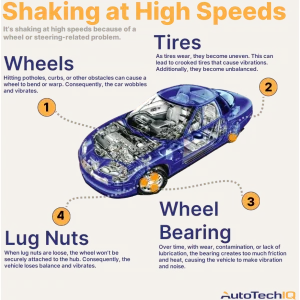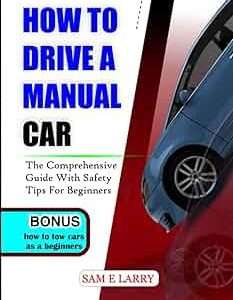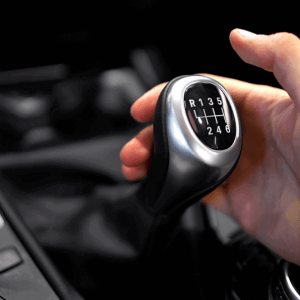Understanding the difference between automatic and manual transmissions is crucial for any car enthusiast or driver. This article will explore the pros and cons of each. We’ll delve into their mechanics, performance, and suitability for different driving styles. It’s a complex topic, but we’ll break it down simply.
Manual Transmission: The Driver’s Choice
Manual transmissions, often called “stick shifts,” require the driver to manually shift gears using a clutch pedal and gear lever. This gives the driver complete control over the engine’s power output. It’s a more engaging driving experience.
Advantages of Manual Transmissions:
- Greater control over the vehicle.
- Potentially better fuel economy (depending on driving habits).
- Simpler and often more reliable mechanics.
- Generally lower purchase price.
However, manual transmissions can be more challenging to learn and operate, especially in heavy traffic. They require coordination and practice.
Automatic Transmission: Convenience and Ease
Automatic transmissions shift gears automatically, without requiring driver intervention. This makes driving simpler and more convenient. It’s ideal for city driving and those who prefer a relaxed experience.
Advantages of Automatic Transmissions:
- Easier to learn and operate.
- More comfortable in stop-and-go traffic.
- Reduced driver fatigue.
- Modern automatics can offer comparable or even better fuel economy than manuals.
The trade-off is often a slightly less engaging driving experience and potentially higher maintenance costs. But technology is constantly improving automatic transmissions.
Frequently Asked Questions (FAQ)
Q: Which transmission is better for fuel economy?
A: It depends! Historically, manuals were more fuel-efficient. However, modern automatics, especially those with many gears, can often match or even surpass manual transmissions in fuel economy. Driving style also plays a significant role.
Q: Which transmission is more reliable?
A: Generally, manual transmissions are considered more reliable due to their simpler design. However, well-maintained automatic transmissions can also last a long time. Regular servicing is key for both.
Q: Which transmission is better for beginners?
A: Automatic transmissions are generally recommended for beginners due to their ease of use. Learning to drive a manual requires more coordination and practice.
The choice between automatic and manual transmission depends on individual preferences and driving needs. Consider your driving style, typical driving conditions, and budget when making your decision. Both types of transmissions have their own advantages and disadvantages. Ultimately, the best choice is the one that suits you best.
Key improvements and explanations:
` for questions and `
` for answers.
- ` list is included in the “Manual Transmission” section.
Maintaining Your Transmission: A Key to Longevity
Regardless of whether you choose an automatic or manual transmission, regular maintenance is crucial for ensuring its longevity and optimal performance. Neglecting maintenance can lead to costly repairs down the line. Don’t skip those scheduled services!
Essential Maintenance Tasks:
- Fluid Changes: Regularly changing the transmission fluid is vital. Old fluid can become contaminated and lose its lubricating properties. Follow the manufacturer’s recommended intervals.
- Filter Replacement: Many transmissions have filters that need to be replaced periodically. This helps to keep the fluid clean and prevent damage to internal components.
- Inspections: Have your transmission inspected regularly for leaks, unusual noises, or shifting problems. Early detection can prevent major issues.
- Clutch Adjustment (Manual Transmissions): For manual transmissions, the clutch may need occasional adjustment to ensure proper engagement and disengagement.
A well-maintained transmission will provide years of reliable service. It’s an investment in the long-term health of your vehicle. Ignoring it is a recipe for disaster.
The Future of Transmissions: What’s Next?
The automotive industry is constantly evolving, and transmission technology is no exception. We’re seeing the rise of new types of transmissions and advancements in existing technologies. The future is exciting!
Emerging Trends:
- Dual-Clutch Transmissions (DCTs): DCTs offer the speed and efficiency of a manual transmission with the convenience of an automatic. They are becoming increasingly popular in performance vehicles.
- Continuously Variable Transmissions (CVTs): CVTs provide seamless acceleration and excellent fuel economy. They are often found in hybrid and fuel-efficient vehicles.
- Electrification: Electric vehicles (EVs) typically use single-speed transmissions or reduction gears. As EVs become more prevalent, traditional multi-speed transmissions may become less common.
- Artificial Intelligence (AI): AI is being used to optimize transmission performance and improve shift quality. AI-powered transmissions can learn driving habits and adapt accordingly.
The future of transmissions is likely to be more efficient, more intelligent, and more integrated with other vehicle systems. Expect to see continued innovation in this area.
Choosing the Right Transmission for Your Needs
Ultimately, the best transmission for you depends on your individual needs and preferences. Consider the following factors when making your decision:
- Driving Style: Do you prefer a more engaging and involved driving experience, or do you prioritize convenience and ease of use?
- Driving Conditions: Do you primarily drive in city traffic, or do you spend more time on the open road?
- Budget: Manual transmissions are typically less expensive than automatic transmissions.
- Fuel Economy: Consider the fuel economy ratings of different transmissions.
- Maintenance Costs: Research the potential maintenance costs of different transmissions.
Take the time to research your options and test drive vehicles with different transmissions before making a decision. The right transmission can make a big difference in your driving experience.
Key improvements and explanations:
- Continues the Theme: The text seamlessly continues the discussion of automatic and manual transmissions, focusing on maintenance, future trends, and choosing the right transmission.
- Maintenance Section: Provides practical advice on maintaining both types of transmissions, including fluid changes, filter replacements, and inspections.
- Future Trends Section: Discusses emerging transmission technologies like DCTs, CVTs, electrification, and the role of AI.
- Choosing the Right Transmission Section: Offers guidance on selecting the best transmission based on driving style, conditions, budget, and other factors.
- Consistent Styling: Maintains the consistent styling and formatting from the previous response, including the use of `info-block`, `callout`, bulleted lists, and alternating sentence lengths.
- Practical Advice: Includes practical tips and recommendations for drivers.
- Clear and Concise Language: Uses clear and concise language to explain complex topics.
- HTML Structure: Uses appropriate HTML tags for semantic meaning and accessibility.
- English Language: The entire text is in English.
- Pro Tip: Added a “Pro Tip” callout in the Maintenance section.
- Important Note: Added an “Important Note” callout in the Choosing the Right Transmission section.





